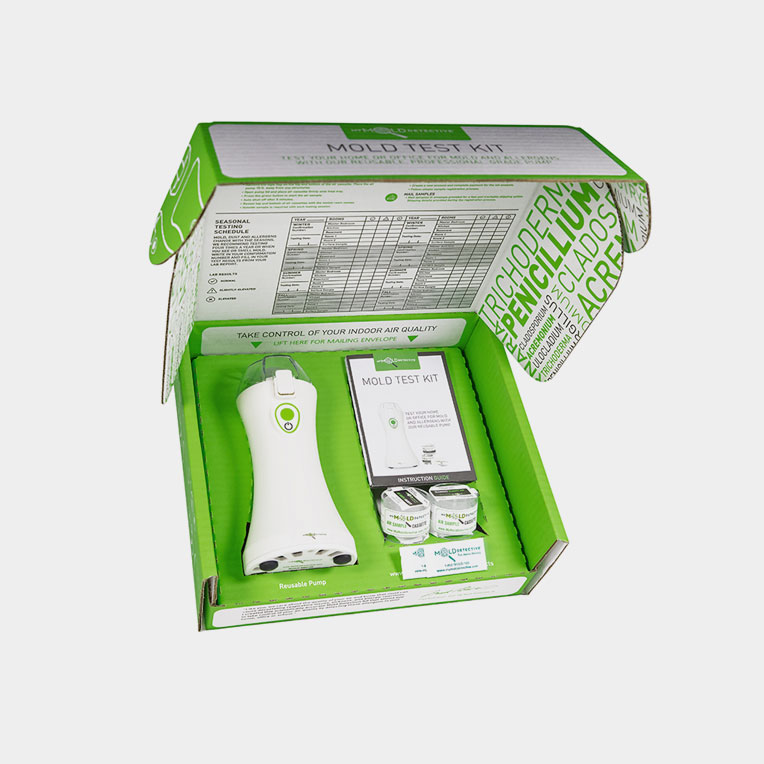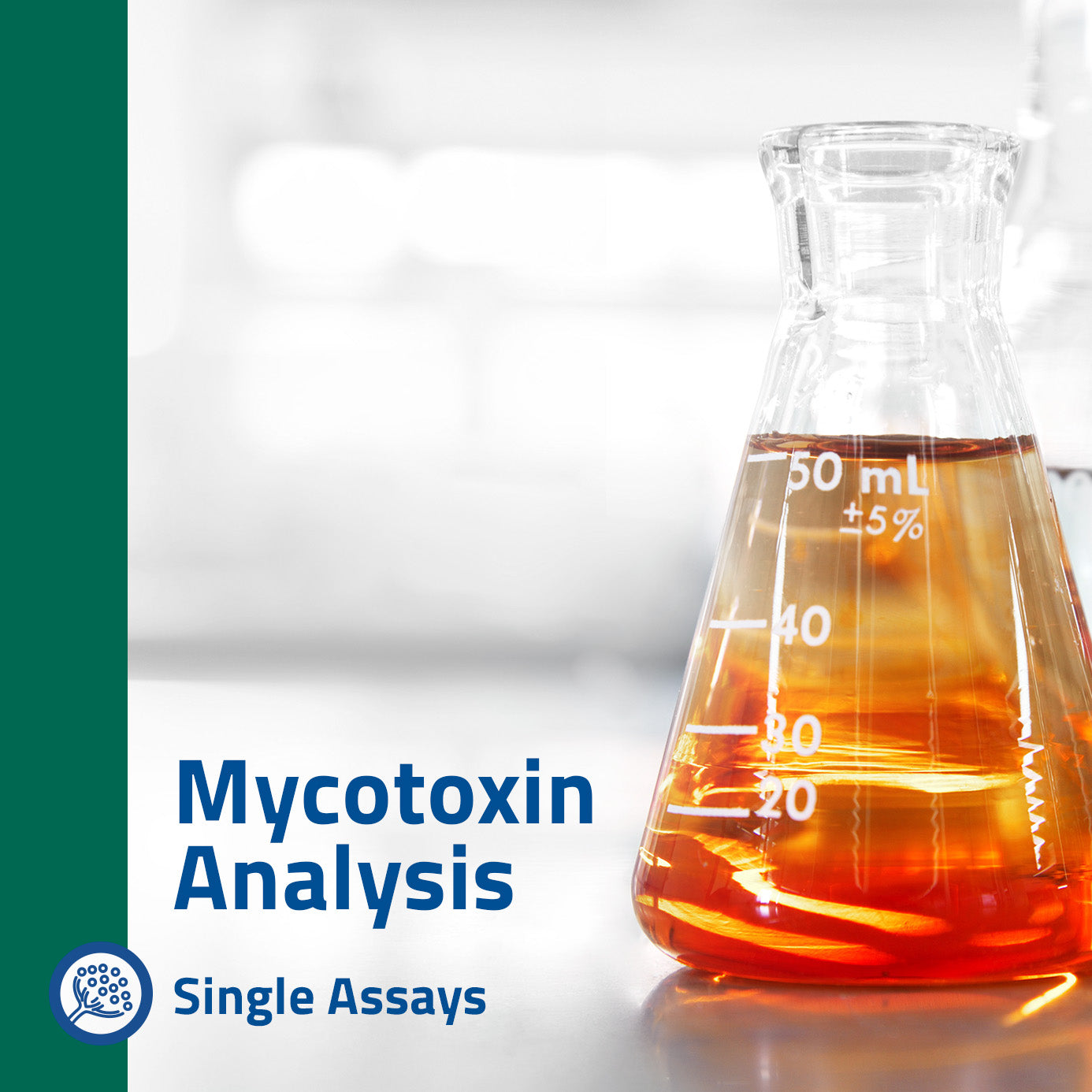Exactly How Mycotoxin Testing Helps Stop Contamination and Secure Food Products

Mycotoxin testing is an important method in the food industry, offering as a frontline protection against contamination by hazardous toxins generated by mold and mildews. Through the application of sophisticated strategies like High-Performance Fluid Chromatography (HPLC) and Liquid Chromatography-Mass Spectrometry (LC-MS), food manufacturers can precisely discover and quantify mycotoxin levels in farming products. This positive approach not just guarantees compliance with rigorous security regulations yet likewise mitigates wellness risks to customers. Additionally, regular screening fortifies brand name track record and financial wellness by decreasing contamination-related incidents. So, how exactly do these testing methods integrate right into the wider food safety and security technique?
Understanding Mycotoxins
Understanding mycotoxins begins with recognizing that they are toxic secondary metabolites produced by certain mold and mildews, which can infect farming items. These metabolites are not crucial for the development or recreation of the fungis however can have severe implications for human and animal health. Mycotoxins are generally located in staple plants such as corn, wheat, barley, and nuts, where they can proliferate under particular conditions of moisture and temperature level.
There are several types of mycotoxins, each created by various fungal types. Fusarium species generate trichothecenes and fumonisins, both of which are associated with numerous acute and persistent health and wellness concerns.

Risks of Mycotoxin Contamination
The threats of mycotoxin contamination are diverse, positioning substantial risks to both food safety and public health and wellness. Mycotoxins, toxic substances produced by particular types of fungis, can infect a large range of farming items including grains, nuts, seasonings, dried fruits, and coffee.
Financial effects are one more major problem. Contaminated crops can lead to significant financial losses for farmers and food manufacturers due to minimized returns and the need for expensive purification steps. In addition, international profession can be significantly impeded as countries enforce stringent mycotoxin guidelines to protect their populations, causing denied shipments and strained trade connections.
Ecological factors such as climate modification worsen the risk of mycotoxin contamination. Variants in temperature level and humidity can produce desirable problems for fungal development, boosting the chance of contamination events. Therefore, understanding and minimizing these risks are crucial for making certain the security and honesty of international food products.
Methods of Mycotoxin Checking
Accurately determining mycotoxin contamination in agricultural items is vital for guarding public health and keeping food safety standards. Different approaches are utilized to find and measure mycotoxins, each offering particular advantages and limitations.
High-Performance Fluid Chromatography (HPLC) is a commonly utilized method as a result of its high level of sensitivity and accuracy. It involves dividing mycotoxins from various other compounds in a sample, making it possible for exact quantification. Similarly, Fluid Chromatography-Mass Spectrometry (LC-MS) integrates liquid chromatography with mass spectrometry to provide thorough molecular info, making it particularly valuable for determining multiple mycotoxins simultaneously - Mycotoxin testing Services.

Gas Chromatography-Mass Spectrometry (GC-MS) and Thin-Layer Chromatography (TLC) are also employed, each with unique read the article applications. GC-MS works for volatile mycotoxins, while tender loving care supplies a less complex, economical option for preliminary screening.
Advantages of Normal Checking
Routine testing for mycotoxins in farming items supplies many benefits, substantially adding to public health and food safety and security. By recognizing contamination early, routine testing aids protect against the circulation of harmful foods, therefore lowering the danger of mycotoxin-related illnesses amongst consumers. This proactive strategy not useful link only safeguards human health yet likewise enhances the total high quality of food supplies.
Various countries and regions have actually developed stringent limitations for mycotoxin degrees in food and feed. Sticking to these limits with routine screening ensures that suppliers and producers satisfy lawful criteria, thereby preventing charges and profession obstacles.
Additionally, routine mycotoxin screening can result in considerable financial advantages. Early discovery of contamination enables timely intervention, minimizing possible losses from prevalent contamination. Implementing regular testing procedures can additionally decrease recall prices and relevant liabilities, which can be economically ravaging.
Moreover, normal screening gives valuable data that can notify better farming practices and storage conditions. By understanding patterns of contamination, producers can adopt preventive actions, therefore reducing future threats and adding to the sustainability of the food supply chain.
Applying Examining Methods
Applying reliable mycotoxin screening procedures is vital for making certain the safety and top quality of farming products. Establishing a robust screening structure includes several essential steps, starting with the recognition of possible contamination points within the production and supply chain. This consists of pre-harvest, post-harvest, storage space, and circulation phases. Each phase must be scrutinized to pinpoint where mycotoxin contamination is more than likely to take place.
As soon as vital control factors are determined, selecting proper screening methods is necessary. Common strategies include enzyme-linked immunosorbent assay (ELISA), high-performance liquid chromatography (HPLC), and mass spectrometry (MS) Each technique has its strengths and weak points; therefore, choosing the right one relies on the certain mycotoxin being tested, the called for sensitivity, and offered resources.

Last but not least, integrating the screening procedures into a detailed food safety monitoring system is recommended. This enhances traceability and allows swift restorative actions when contamination is found, thus guarding the stability of the food supply chain.
Verdict
Mycotoxin testing is important in protecting against contamination and safeguarding food supplies by enabling early detection of damaging toxic substances created by mold and mildews in farming items. Normal screening boosts brand name credibility, monetary security, and depend on in food safety and security by reducing contamination-related losses and preserving high requirements in food production.
Mycotoxin testing is an indispensable practice in the food market, offering as a frontline defense versus contamination by damaging toxic substances generated by mold and mildews. An incorporated strategy entailing agricultural practices, storage management, and routine testing can alleviate the threats linked with mycotoxin contamination, making certain food safety and security and public wellness.
The threats of mycotoxin contamination are complex, presenting considerable risks to both food safety and public health.Normal screening for mycotoxins in agricultural products offers countless advantages, substantially contributing to public health and food safety and security.Mycotoxin testing is important in preventing contamination and guarding food products by allowing very early discovery of hazardous contaminants created by molds in farming products.